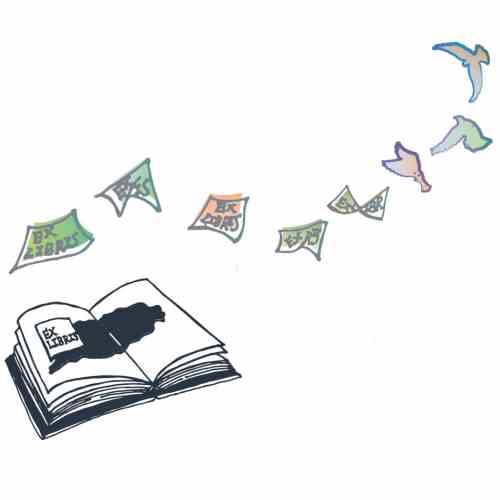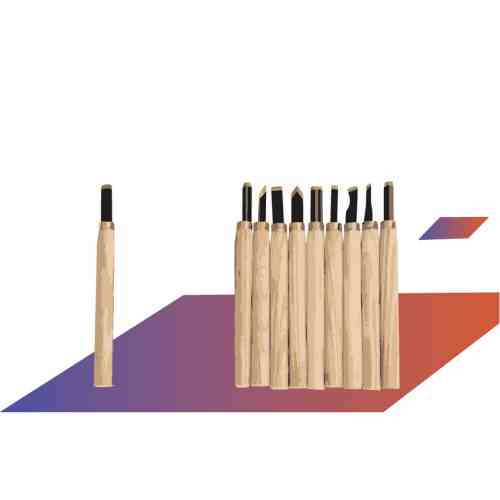Nishikawa Mitsuru|Pan Yuanshi|Yang Chih-chang|Bookplates 101 (II)
Nishikawa Mitsuru
.jpg)
Nishikawa moved to Taiwan with his parents at the age of 3. He went on to establish Masoshobo— known as Nichikosanbo after 1938— a publishing company that released a large number of journals, including: Sakuraso, Aisho, Matsu, and Literary Taiwan, the longest running journal in Taiwan at the time. Volume 3, number 6 of the latter journal contained a “bookplate special collection,” which brought more attention to book design and the beautiful, yet rare, art of bookplates.
Even in the face of wartime adversities, people still made time to indulge in buying rare, hand-printed books. Although these books were once thought of as “playthings of pampered boys,” the love some people had for these books allowed them to survive to the present day. These books have evolved from mere conveyors of words into vehicles that transmit beauty and knowledge from reader to reader.
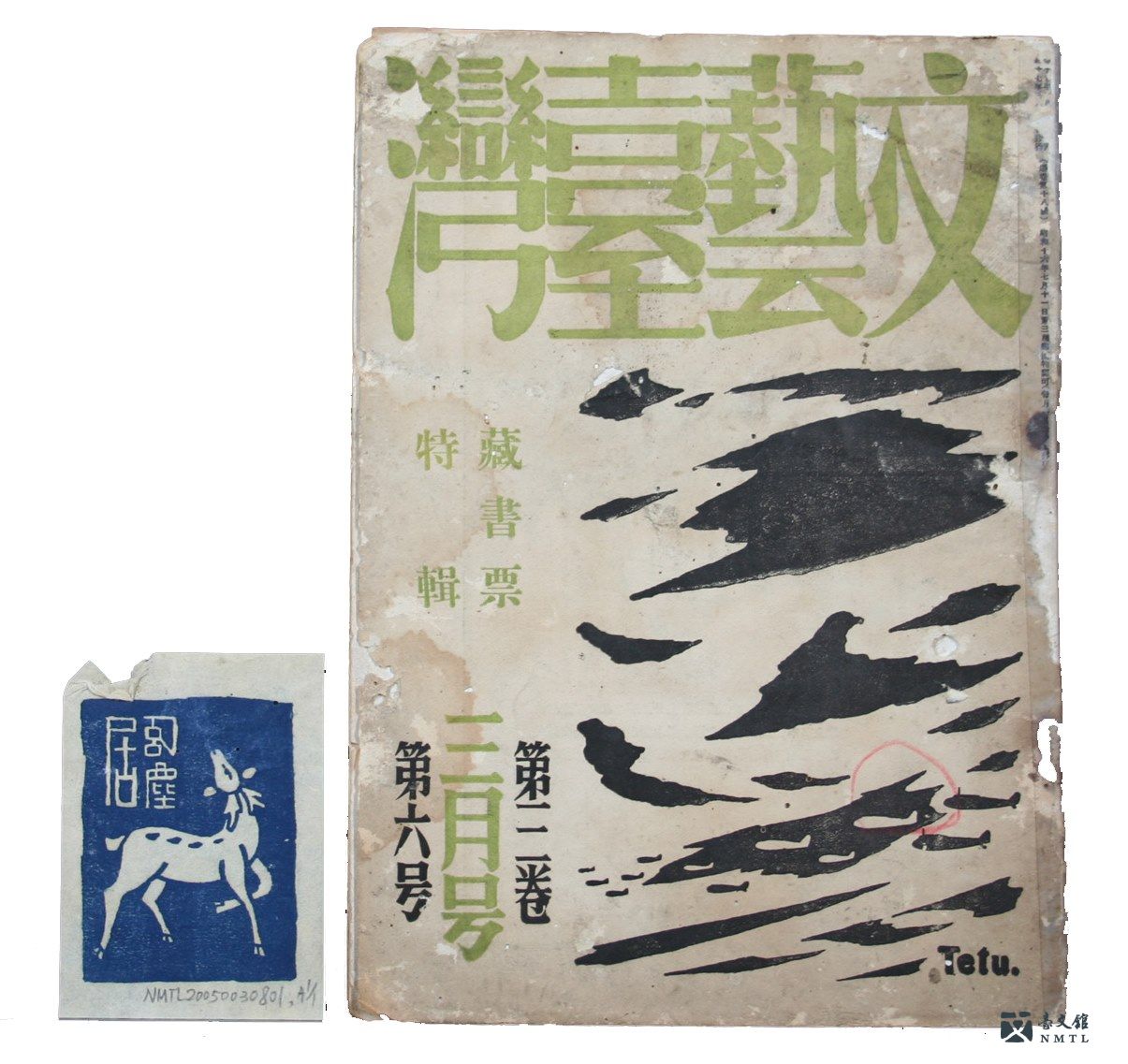
Special bookplate collection in the third edition, number 6 (March edition, number 18) of Literary Taiwan|Special bookplate collection in the third edition of Literary Taiwan, the first long-running journal in the literary history of Taiwan. The bookplate on the title page of Literary Taiwan. (Provided by Long Ying-zong / From the National Museum of Taiwan Literature permanent collection)
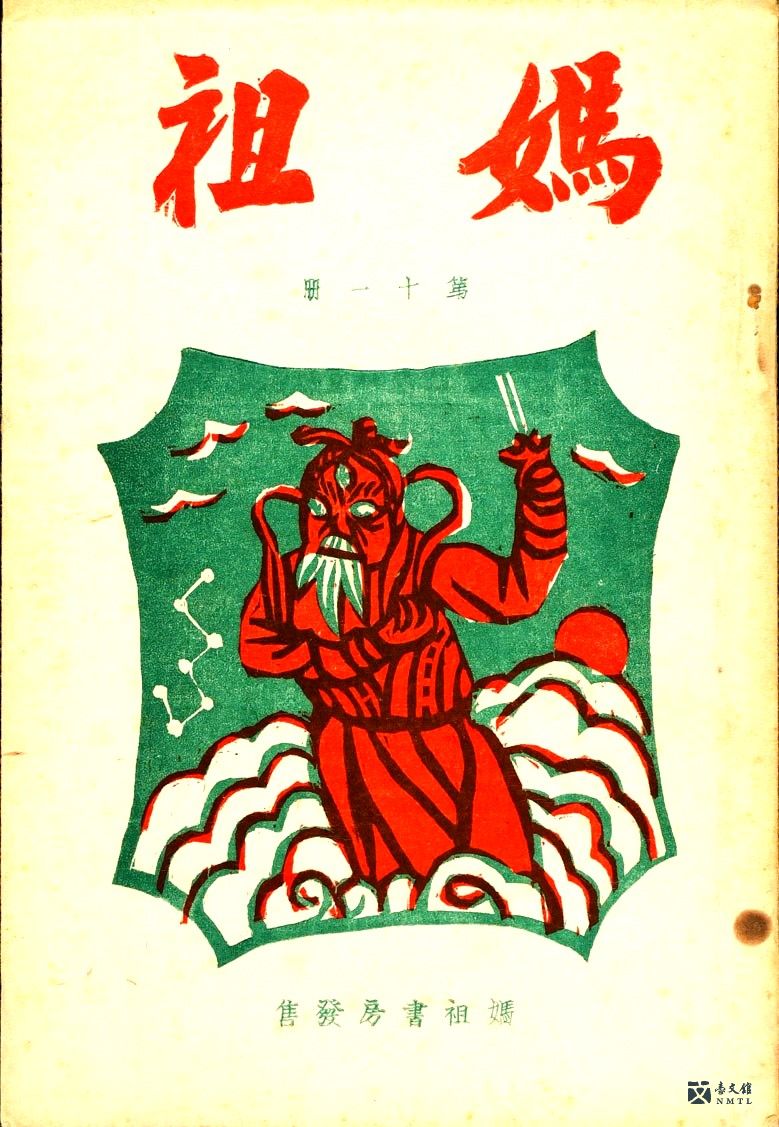
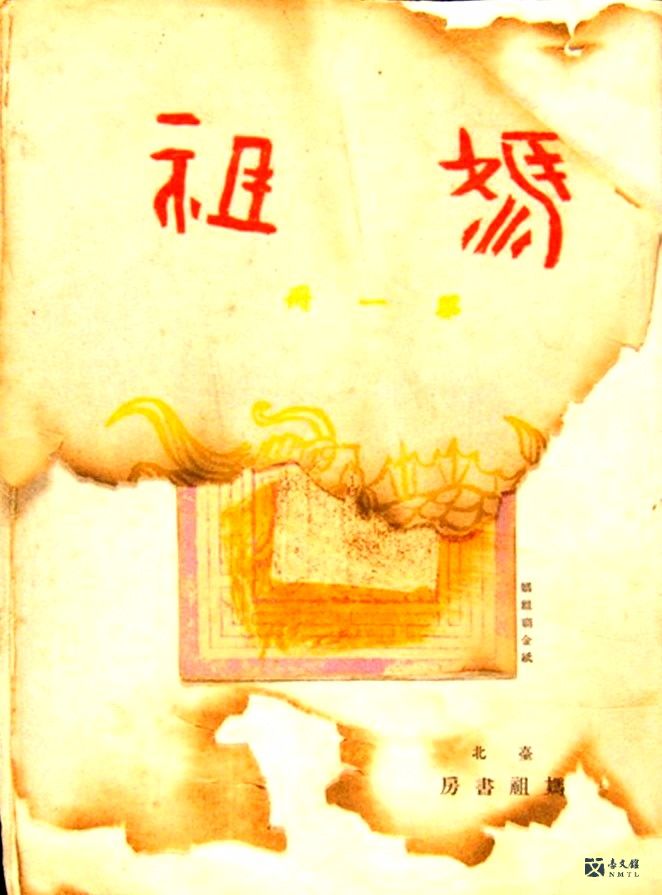
Matsu Book XI & I|The design process for the journal Matsu was very complicated. Nishikawa Mitsuru used washi paper imported from Japan for the inner pages of the journal. He also collected joss paper directly from Matsu temples and Longshan temple for the binding. His enthusiasm for Taiwanese folk customs flows through the pages. (Provided by Ryokuin Shobo, Japan / From the National Museum of Taiwan Literature permanent collection)
Pan Yuanshi
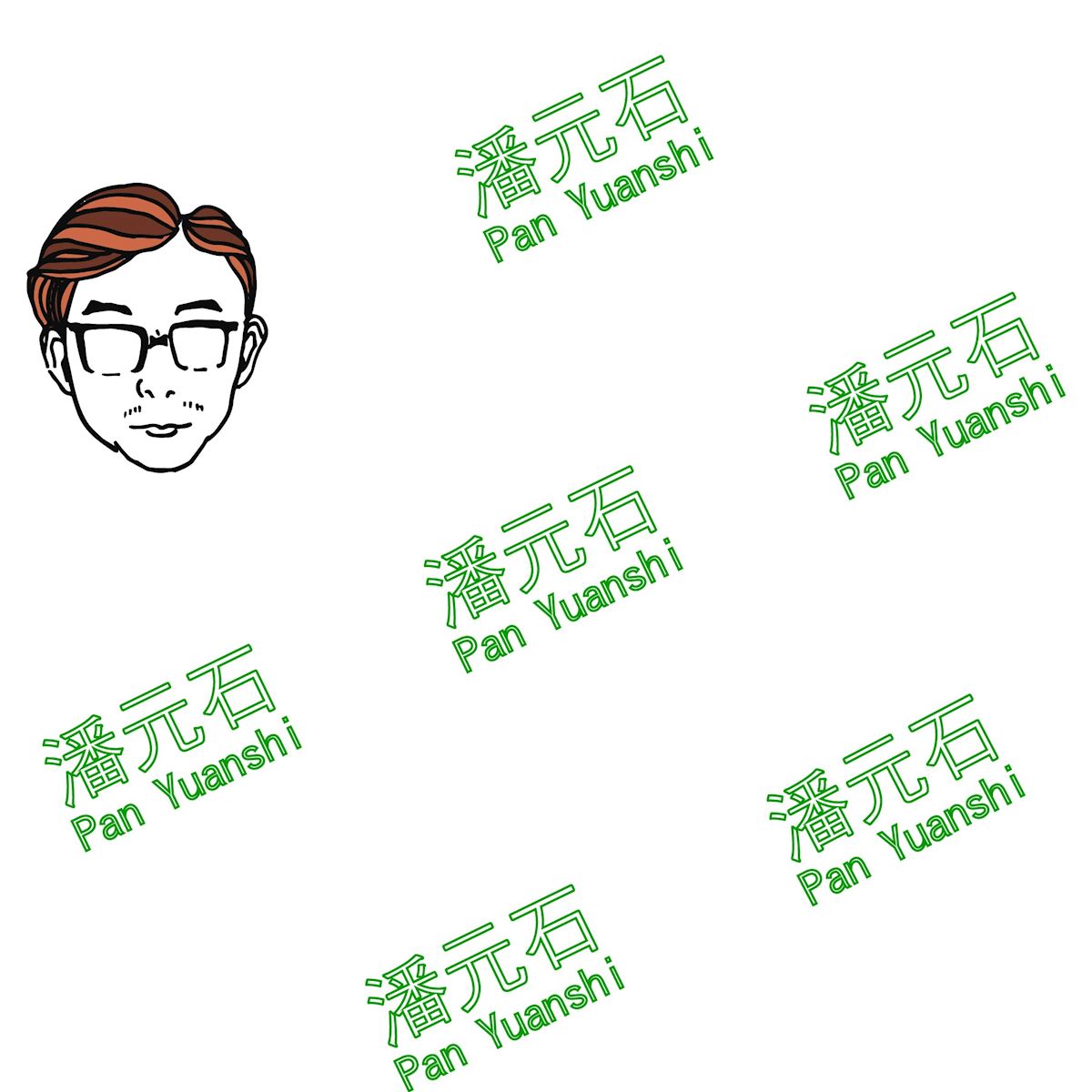
In his youth, Pan Yuanshi was an art teacher at the Affiliated Hearing Impaired School of National University of Tainan and became chief executive of the Chimei Museum after his retirement. Pan was always infatuated with collecting and creating bookplates and has continued to make them to this day. He met Nishikawa Mitsuru through their mutual interest in bookplates and often visited him in Japan in his later years.
The last time they met, Nishikawa brought a copy of Taiwankiko by Hakushu Kitahara (a Japanese nursery rhyme author), with a print by Miyata Yataro. He entrusted Pan with the book, asking him to cherish the book and artwork, with the two complementing each other as two parts of a whole work.
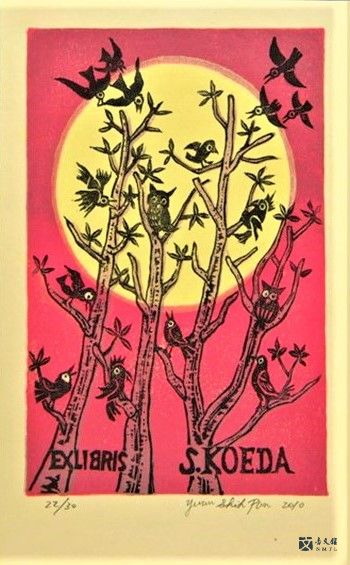
Bookplate— Birds, all friends|Apart from being a collector, Pan Yuanshi was also a creator of bookplates. Pan Yuanshi made this bookplate, entitled “Birds, all friends.” (Provided by Shoichi Koeda / From the National Museum of Taiwan Literature permanent collection)
.jpg)
Bookplate Portrait of Pan Yuanshi|Portrait of Pan Yuanshi by Kurita Masahiro. (Provided by Yasuyuki Sasaki / From the National Museum of Taiwan Literature permanent collection)
.jpg)
Bookplate— God of Wealth's Blessing|“God of Wealth's Blessing,” a bookplate printed by Pan Yuanshi. (Provided by Yasuyuki Sasaki / From the National Museum of Taiwan Literature permanent collection)
Yang Chih-chang
.jpg)
The surrealist Taiwanese poet, Yang Chih-chang, founded the Windmill Poet Society during the period of Japanese rule, developing an alternative channel for the creation of new poetry.
Yang once said of Nishikawa's decadent and indulgent style: “because the publishers of Masoshobo are poets and artists, anything they published reflected their sensitive tastes. They skillfully fused all the unique art forms Taiwan had to offer, while expressing a style both elegant and refined.”
Nishikawa's love of book design attracted Yang to join the Taiwan Literature and Art Association and become a writer for Matsu and Literary Taiwan.
.jpg)
Still from Le Moulin|Portrait of Yang Chih-chang. (Provided by Fisfisa Media)
.jpg)
Still from Le Moulin|(Provided by Fisfisa Media)
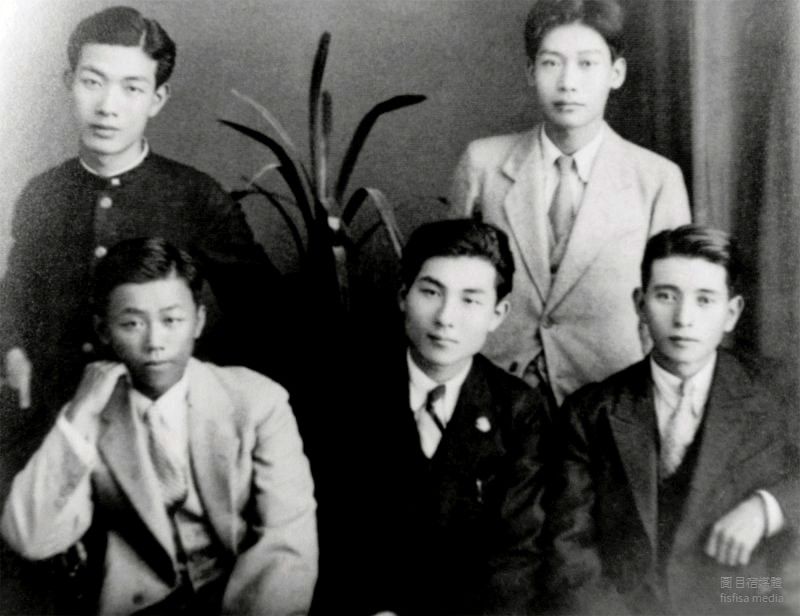
Still from Le Moulin|Pictured: Li Chang-jui (front left), Keiichi Fukui (center), Chang Liang-tien (rear left), Yang Chih-chang (rear right). (Provided by Fisfisa Media)
 (1).jpg)
A Collection of Japanese Poems "Burning Cheeks" by Yang Chi-chang|(Provided by the family of Yang Chih-chang / From the National Museum of Taiwan Literature permanent collection)
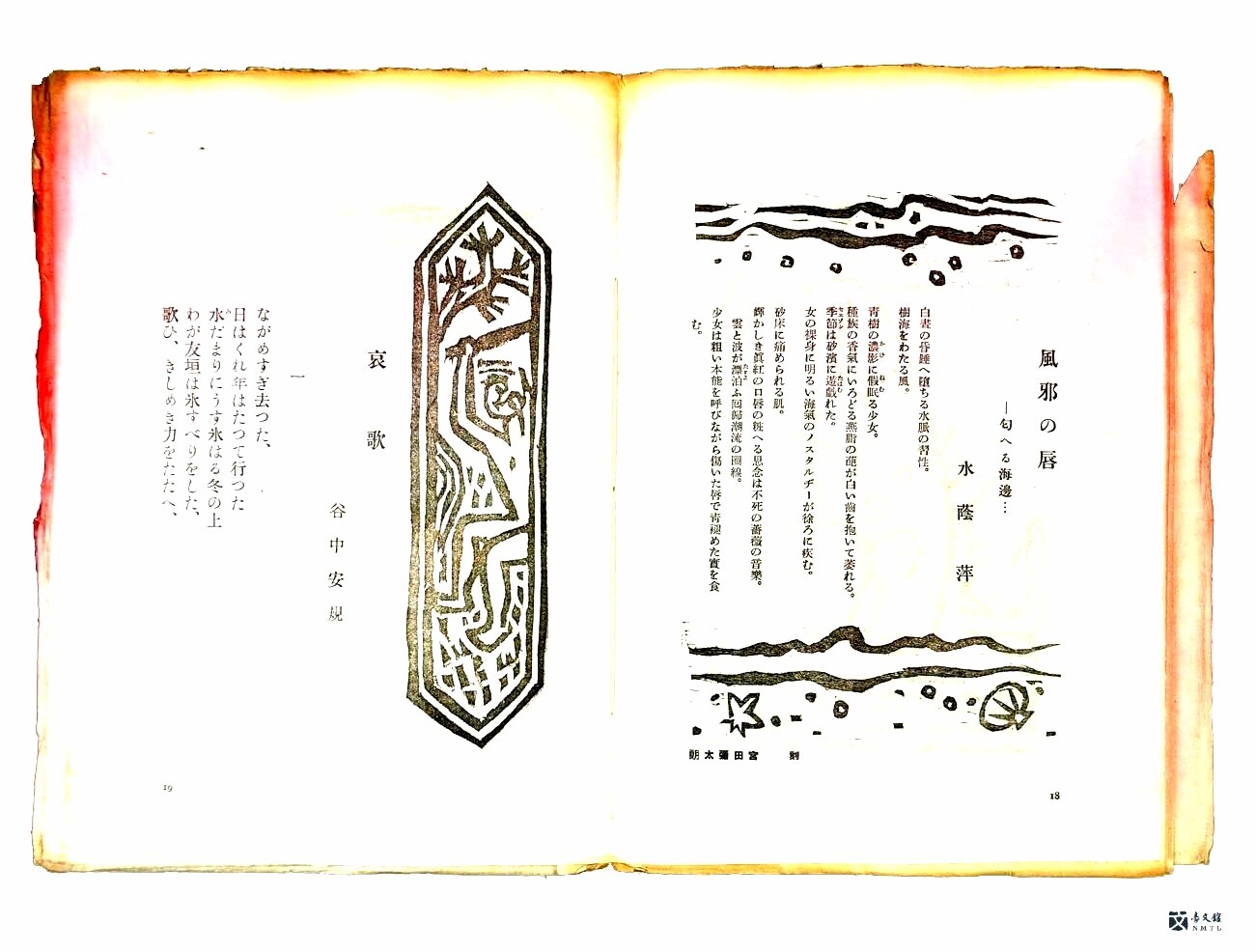
Mazu, Volume II, Book II – Poems and Pictures from a Blossoming Spring contains Yang Chi-chang's "Cold Lips", with prints carved by Gita Yataro. (Provided by Ryokuin Shobo, Japan / From the National Museum of Taiwan Literature permanent collection)
Bookplates 101 (II)

Bookplate Stories- Gulliver's Travels
Who as a child did not hear stories of Gulliver's adventures among the tiny Lilliputians? Gulliver's voyage to Lilliput is in fact only one of four expeditions he makes during his Travels, with the other three being his voyages to Brobdingnag, the islands of Laputa, Balnibarbi, Luggnagg, Glubbdubdrib and Japan, and finally to the talking horses in the land of Houyhnhnms.
Actually, Gulliver's Travels is a satire that critiqued the politics and foreign policy of the age. The novel is not only a fairy tale; as a depiction of the realities of the adult world, its impact has been profound and long-lasting. For example, Yahoo! search engine gets its name from the Yahoo creatures depicted in Gulliver's voyage to Houyhnhnms. Also, the Hayao Miyazaki film, Laputa: Castle in the Sky, takes its name from the floating city Laputa as described in Gulliver's third voyage.
.jpg)
Bookplate— Gulliver's Travels | The creator is Osamu; the collector is Mitsubishi Tatsuo. (Provided by Matsubishi Tazuo / From the National Museum of Taiwan Literature permanent collection)
 (1)(1).jpg)
Bookplate— Gulliver's Travels | Gulliver encounters a storm off Northwest Australia and drifts to a small island near Java. When he finally awakens, he realizes that he has been pinned down and surrounded by tiny people. The creator is Yuko Shimojyo; the collector is Mitsubishi Matsubishi Tatsuo. (Provided by Matsubishi Tazuo / From the National Museum of Taiwan Literature permanent collection)
Writers in Bookplates— Ōe Kenzaburō
Ōe Kenzaburō was the second Japanese writer to receive the Nobel Prize for Literature after Yasunari Kawabata. The Swedish Academy said of Ōe's work that there is “in his ‘grotesque realism’ a powerful poetry which communicates across the boundaries of languages and cultures, a poetry full of fresh observations and concise images.”
 (1).jpg)
Bookplate— Ōe Kenzaburō | Portrait of Ōe Kenzaburō printed by Toshio Miyashita, collected by Mr. Shoufu Haneda. (Provided by Haneda Hisao / From the National Museum of Taiwan Literature permanent collection)
Tour Taiwan through Bookplates— Taipei's Zhongxi Gate
Taipei's Zhongxi Gate is now also known as the Small South Gate (Xiaonanmen) of Taipei's City Wall.
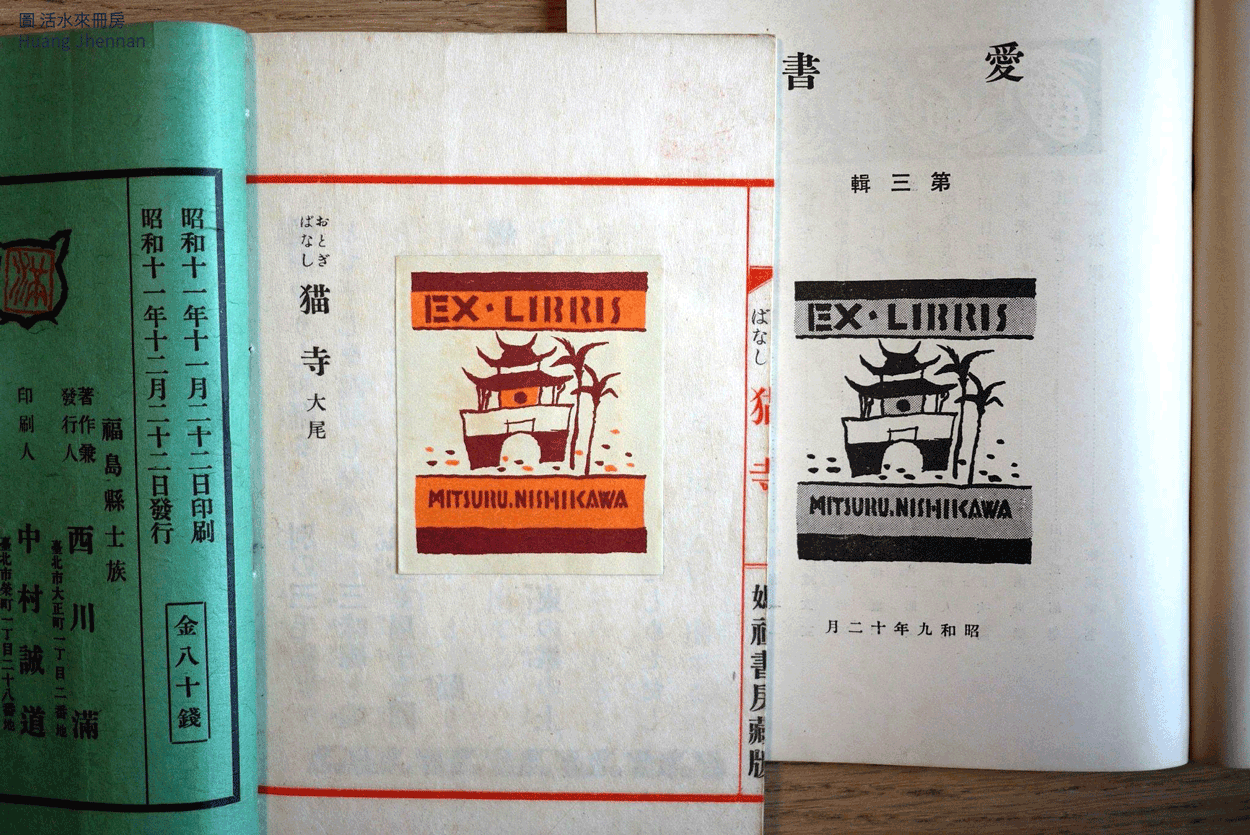
Taipei's Zhongxi Gate | "Taipei's Zhongxi Gate" was created by Miyata Yataro and collected by Nishikawa Mitsuru. (Provided by Huang Jhennan)

